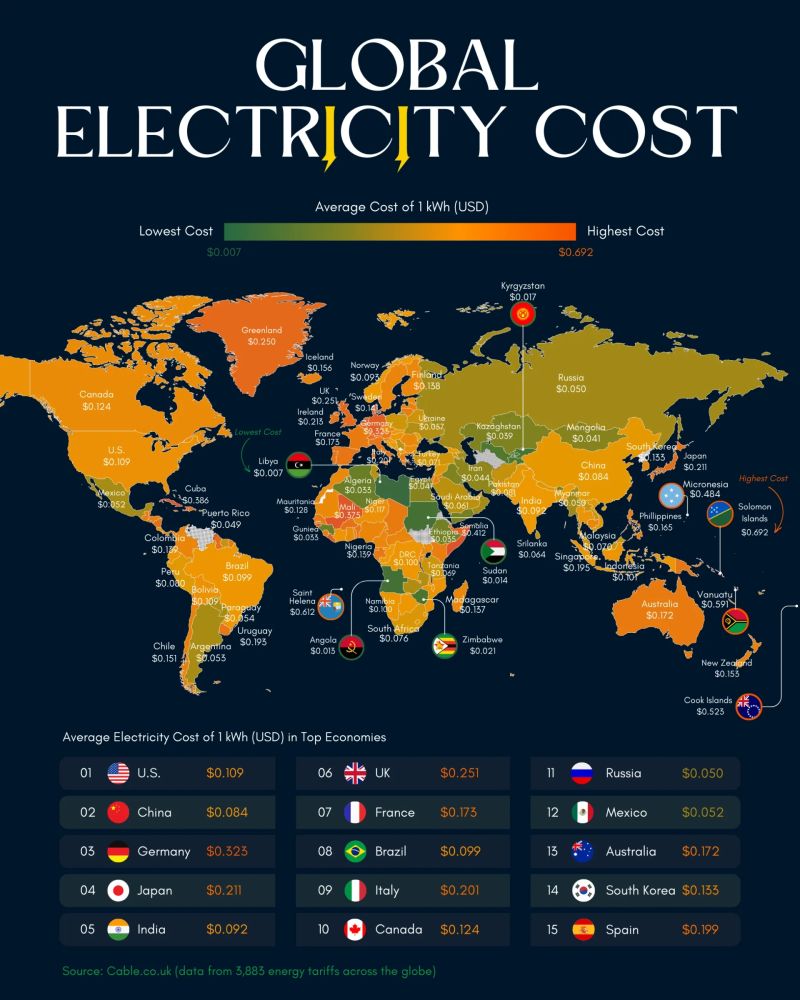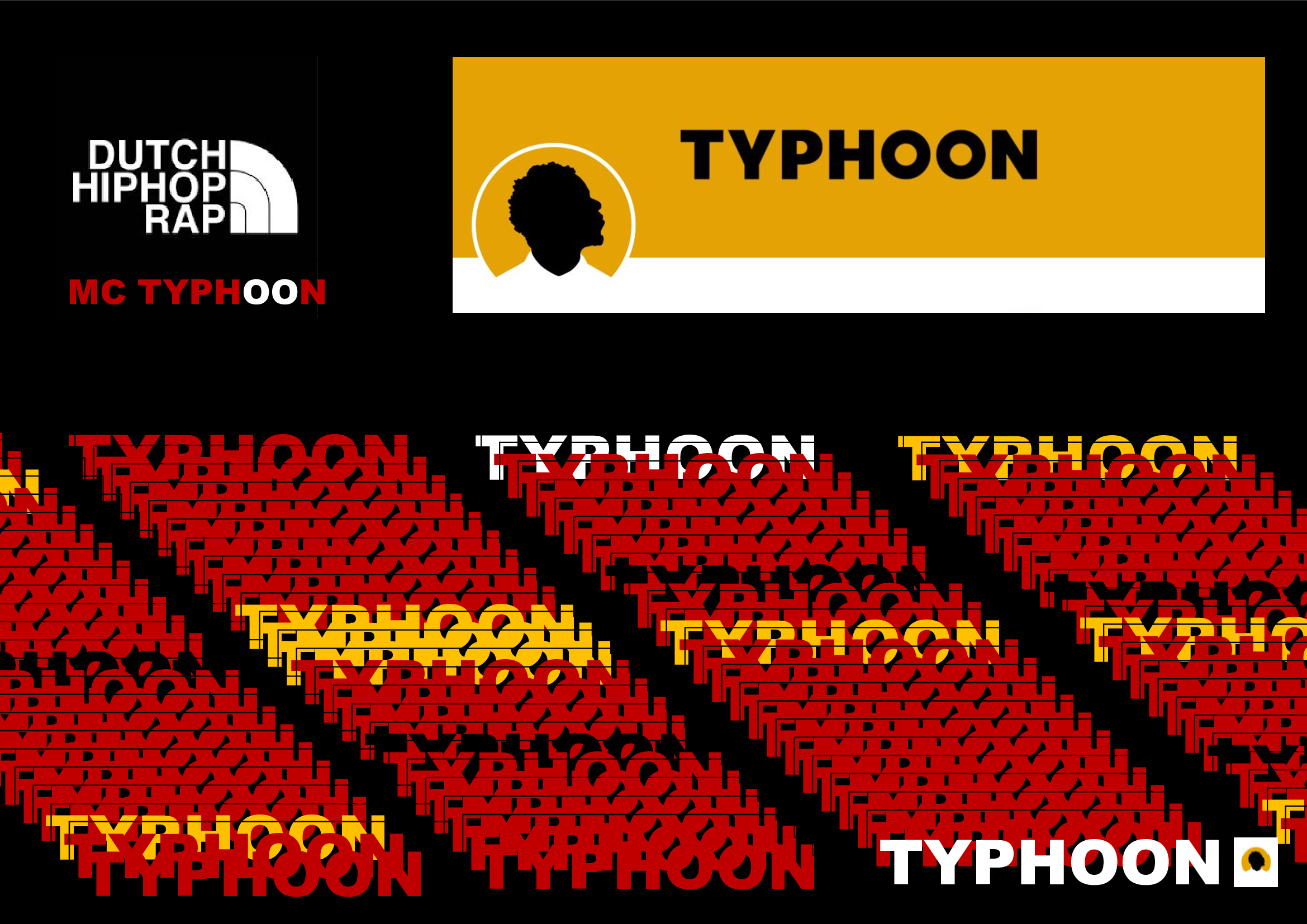-
AutorPublicaciones
-
-
Power Africa: A
Comparative
Analysis of Global
and African
Electricity Costs
in the Context of
Mission 300:

As the Mission 300 Africa Energy Summit 2025 approaches, the question of electricity affordability becomes increasingly significant for policymakers, investors, and consumers alike. The summit, to be hosted in Dar es Salaam, Tanzania, under the auspices of the African Development Bank Group (AfDBG), the World Bank Group (WBG), and the African Union (AU), aims to address the monumental challenge of providing electricity to 300 million people across Sub-Saharan Africa by 2030. This ambitious goal requires an understanding of the current electricity pricing landscape, which varies greatly across the globe and within Africa.
Global Electricity Pricing: A Snapshot
Cable.co.uk’s extensive analysis of 3,883 energy tariffs across the globe provides valuable insights into global electricity costs. Average prices per kilowatt-hour (kWh) reflect the diversity in energy production, distribution, and policy frameworks worldwide. While some countries employ flat rates, others use tiered pricing structures, influenced by factors such as resource availability, subsidies, and infrastructure efficiency.
Among the notable findings:
- Libya (USD 0.007/kWh) boasts the world’s cheapest electricity, supported by extensive government subsidies and rich hydrocarbon resources.
- Angola, Sudan, Kyrgyzstan, and Zimbabwe also feature among the lowest-cost nations, highlighting a shared reliance on subsidized energy models and abundant natural resources.
In contrast, industrialized nations often face higher electricity costs due to environmental regulations, grid modernization, and a shift towards renewable energy sources. For instance, Germany and Denmark consistently rank among the most expensive markets for electricity globally.
Electricity Costs in Africa: A Diverse Landscape
Africa presents a unique and complex energy landscape. While countries like Libya and Angola benefit from low-cost electricity, the continent is home to some of the highest energy deficits worldwide. Nearly 600 million Africans, representing 83% of the global energy deficit, lack access to electricity. This disparity underscores the urgent need for investments in infrastructure, policy reform, and innovative energy solutions.
The stark differences in electricity costs within Africa can be attributed to:
- Resource Endowments: Countries with abundant natural resources, such as Libya (oil) and Ethiopia (hydropower), can leverage these assets to lower energy prices.
- Government Subsidies: Subsidies play a pivotal role in maintaining affordability in nations like Sudan and Zimbabwe.
- Infrastructure Gaps: Countries with underdeveloped grids face high operational costs, leading to elevated electricity tariffs.
- Energy Mix: Nations investing in renewables and modern energy technologies often encounter transitional costs, impacting consumer prices.
Mission 300: Addressing Africa’s Energy Deficit
Launched in April 2024, Mission 300 seeks to electrify Sub-Saharan Africa through a combination of increased infrastructure investments and comprehensive policy reforms. This initiative targets 300 million people by 2030, aiming to reduce the continent’s energy poverty and foster socio-economic development. Key strategies include:
- Infrastructure Development: Expanding power generation capacity and modernizing transmission and distribution networks.
- Policy Reform: Harmonizing regulatory frameworks to attract private investments and improve operational efficiency.
- Renewable Energy Integration: Leveraging Africa’s vast renewable energy potential, including solar, wind, and hydropower, to ensure sustainable energy access.
The Role of the Africa Energy Summit 2025
The Africa Energy Summit 2025 serves as a crucial platform to align stakeholders, including African Heads of State, international organizations, and private sector leaders, towards achieving Mission 300’s objectives. Discussions will likely focus on:
- Financing Models: Exploring public-private partnerships and international funding mechanisms to bridge the energy investment gap.
- Technology Transfer: Promoting the adoption of innovative energy solutions tailored to Africa’s unique challenges.
- Capacity Building: Enhancing local expertise to support the development and maintenance of energy infrastructure.
Conclusion
The Mission 300 initiative embodies Africa’s commitment to addressing its energy deficit while aligning with global sustainability goals. Understanding the dynamics of electricity costs across the globe and within Africa provides critical context for the policy decisions and investments required to transform the continent’s energy landscape. By focusing on affordability, accessibility, and sustainability, the Africa Energy Summit 2025 can pave the way for a brighter, more electrified future for millions of Africans.
-
-
AutorPublicaciones
Debes iniciar sesión para responder a este tema.









